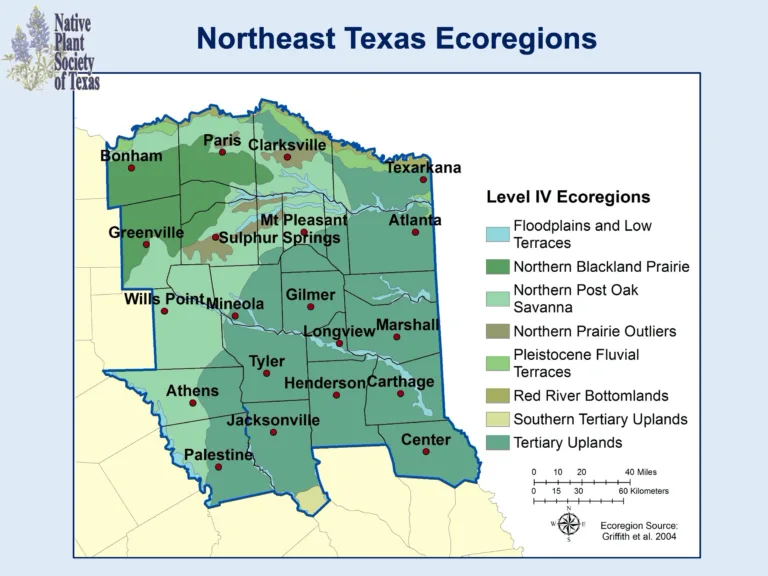
Nearby Areas of Interest

Mineola Nature Preserve
1860 County Road 2724, Mineola, TX
https://mineolanaturepreserve.com
The Mineola Nature Preserve, located in Wood County on the Sabine River, encompasses 2,911 acres and is considered one of the best city parks in the country for its size. The preserve is located in the piney woods region and contains several habitats—grasslands, woodlands, freshwater ponds and wetlands along with the associated native Texas plants. The area is also home to East Texas species of critters that can fly, walk, crawl, and slither including more than 193 species of birds, numerous wildlife, buffalo, longhorn cattle. Imagine walking along a railroad bed built in the 1880’s as you step back in history.
Owned by the City of Mineola, the Birding Capitol of East Texas, this is part of a comprehensive development plan to protect our natural wildlife and habitat for future generations. This pristine area is an escape to the quiet of nature and the solitude of yesteryear. Since its opening in 2006, the preserve has grown to offer a multitude of recreational activities. Whether it’s the 18-hole disc golf course, four mountain biking trails, equestrian paths across the park, archery range or educational beehive, there’s fun for the whole family at the Mineola Nature Preserve.

Wood County Arboretum and Botanical Gardens
175 Governor Hogg Parkway, Quitman, Tx
https://quitmanarboretum.com
The Wood County Arboretum covers 23 acres and includes a walking trail, gazebo, sensory garden, shade garden, a waterwise garden, numerous rose and flower beds, and the historic Stinson House, built in 1869. The gardens are open year-round and are free to the public. The Stinson house is open by appointment and can be rented for parties and receptions. Coming in the Spring of 2025: the first Native Plant Society Demonstration Garden in our area, currently under development by our Lakes & Pines Chapter members. Click here to see a current list of Texas Native Plants at the Wood County Arboretum.



